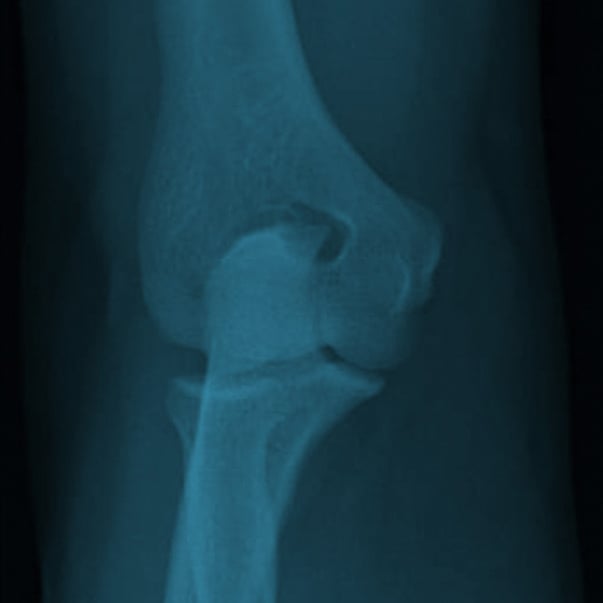
Issue 054
September 2009
What is it?
The elbow joint works in a similar way to a hinge. Because of its structure, it is generally a very stable joint. In most people, it isn’t designed to extend much beyond 180 degrees – once it’s been fully straightened, putting more pressure on the joint will cause pain and, if enough force is used, damage.
There are several structures in the elbow that may be damaged by hyperextension forces. These forces may cause a fracture to the bones at or near the elbow and they can also damage or tear the ligaments that support the elbow joint. Trauma to the joint surfaces themselves, leading to inflammation and pain, is common.
How it happens
Armbars are designed to work by doing exactly this – forcing the elbow (in a controlled way) beyond where it would normally go. Injury occurs when the person being arm-locked doesn’t tap quickly enough to prevent damage being done.
Over-extending with a punch can also cause hyperextension forces at the elbow joint. This may be enough to cause problems, especially if the joint is already weakened or if it occurs repeatedly.
What does it feel like?
There is usually a sharp pain at the back or sides of the elbow joint. There may be a feeling of tearing and it’s quite common to hear one or more pops or clicks.
Immediately after the injury it may not feel too bad. Often fighters will notice the damage the next day when they wake up.
Who has it happened to?
Steve Cantwell popped Razak Al-Hassan’s arm at UFC Fight Night 16 in December 2008.

Prevention
Many injuries are caused when people don’t tap soon enough. Often, fighters don’t want to tap too soon if there’s a chance they might be able to escape. This risks damage to the joint. While it may be a risk worth taking in high-level competition, people who do this regularly in training tend to have short careers in which they spend a lot of time sitting out due to injury.
Treatment
Minor hyperextension injuries can be treated with RICE (rest, ice, compression and elevation). More serious injuries may require immediate treatment, including surgery. If your elbow appears a different shape, you are unable to move it at all, you are in severe pain or concerned for any other reason, then seek immediate medical help.
How long can a fighter with this injury expect to be out for?
Depending on the severity, anything from a couple of days to six months or more if there is severe ligament damage.
What long-term problems is it likely to cause?
Trauma to any joint, especially if it is repeated, can lead to problems later in life with arthritis. If the ligaments round the joint are stretched, then there may be some laxity or instability that could make it more prone to injury. The muscle balance around the joint may be affected, due to some of the muscles contracting to stabilize a weakened joint. This may cause ongoing pain after the original injury appears to have healed, and may even give symptoms in the wrist or shoulder. If you suffer from recurrent problems then a physiotherapist or osteopath may be able to help.
...









